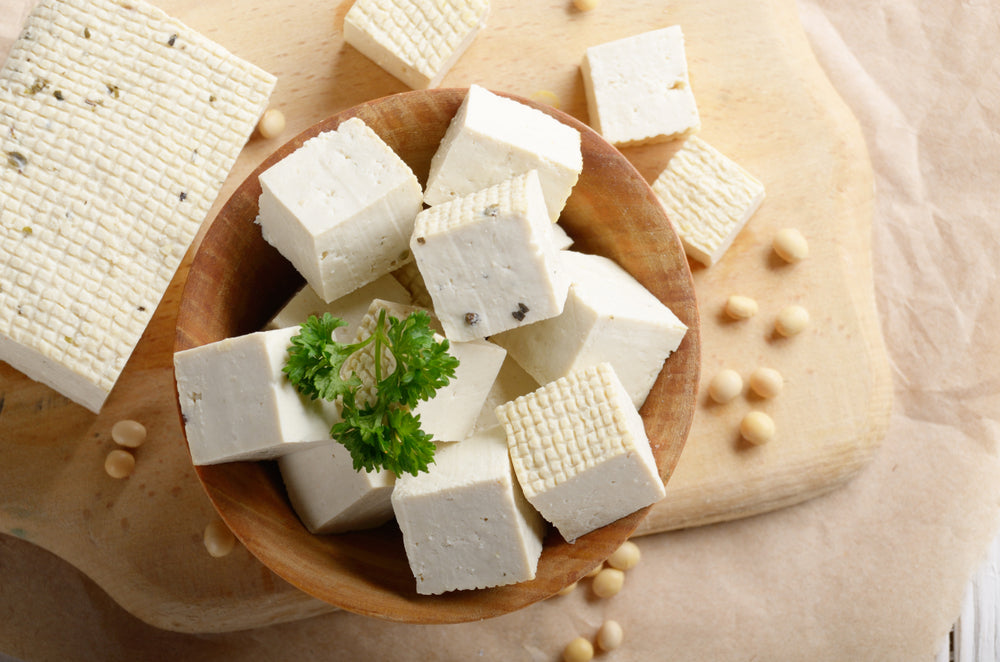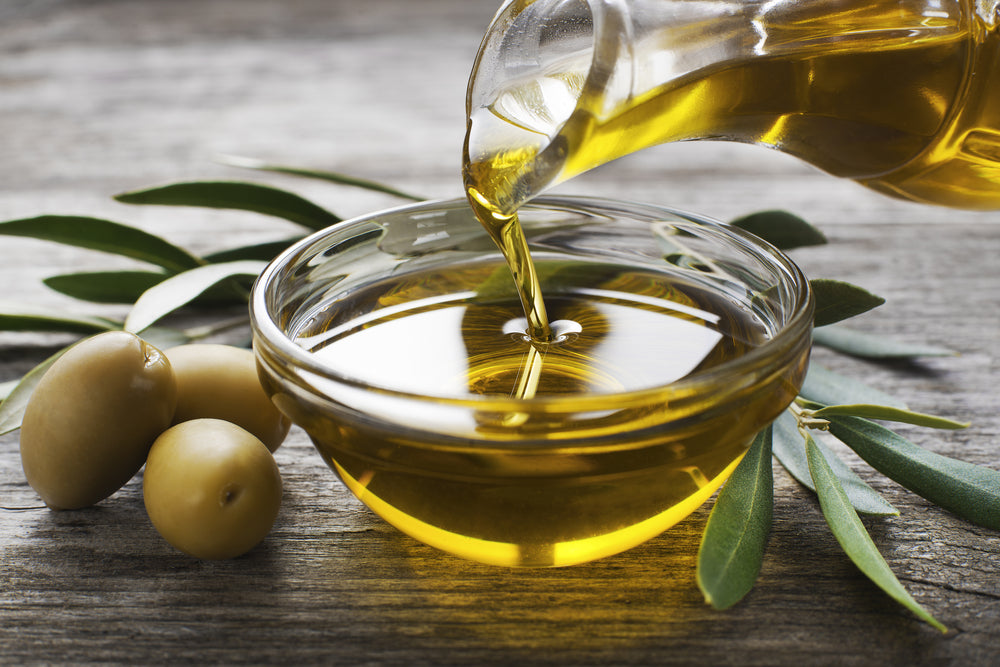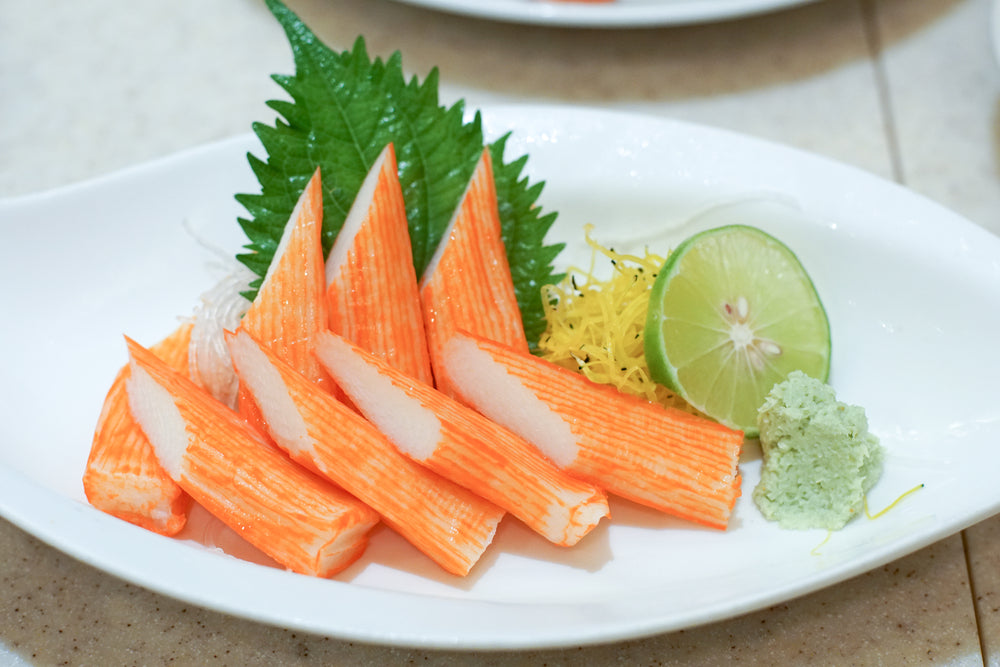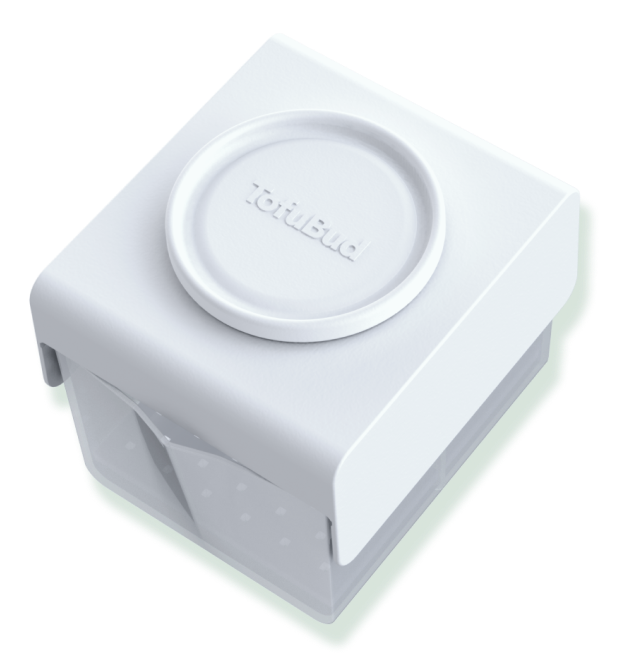What is Sprouted Tofu? Learning About It, Cooking It, Eating It
Sometimes, it can truly feel that learning all the plant-based meat alternatives is a lifelong, PhD-requiring, never-stopping process. With so much variety available to us in supermarkets every day, it can be quite difficult to keep up.
And while a lot of people already know tofu - an ever-popular protein source, featuring in all sorts of meatless meals - sprouted tofu is still relatively unknown.
Well, in this post, we are going to demystify sprouted tofu, talk about what it is, what benefits does it have, and how should you cook and consume it. So let's begin!
What Is Sprouted Tofu?
Regular tofu is made out of whole soybeans. That's not the case with sprouted tofu.
Sprouted tofu uses germinated soybeans, that are then given a few days to grow a tiny sprout. Once that happens, the process is the same when making regular tofu. And you can find sprouted tofu in all the varieties, as regular tofu - silken, regular, firm, extra-firm, you know the drill.
Benefits of Sprouted Tofu
The sprouting process gives the tofu a bit more nutrients than the regular variety would have. There are plenty of sprouted soybeans benefits to consider:
The germinating process breaks down starches and phytate in soy. What's the result of that? Sprouted soybeans have a higher percentage of nutrients, and a lower amount of phytate increases the absorption of minerals and vitamins into the body. So, it's no surprise to see that sprouted tofu has more calcium, iron, and vitamins D and K, compared to the regular tofu, making it a slightly healthier option than regular tofu (which is already pretty great on its own!).
There also changes in general nutrition. Let's have a look at how the two types of tofu differ from one another.
Regular Tofu vs Sprouted Tofu
The main difference between regular and sprouted tofu is the nutritional facts. To show you how the regular and sprouted varieties differ, we took organic regular tofu and organic sprouted tofu from one and the same, very popular producer. Let's see how they compare for one serving (100 grams or 3.5 oz) of product.
Regular tofu
- Calories - 101 kcal
- Fat - 5.1 g
- Carbs - 2.5 g
- Fiber - 1.3 g
- Protein - 10.1 g
- Calcium - 76 mg
Sprouted tofu
- Calories - 118 kcal
- Fat - 5.9 g
- Carbs - 3.5 g
- Fiber - 1.2 g
- Protein - 11.8 g
- Calcium - 235 mg
As you can see, sprouted has more of pretty much everything. More fat, carbs, protein, and calcium. So no surprise - it also has more calories. Sprouted tofu is a more nutritious alternative to regular tofu - and that's its main difference. If it's something you wish - then absolutely choose the sprouted version, just make sure to account for extra calories if you're counting them.
Should You Make Sprouted Tofu?
If you love making your own tofu at home, the idea of making your own can seem quite interesting. Interesting - and a bit intimidating. That's because making sprouted tofu requires a lot of more time and a pretty intimidating extra step - sprouting your own soybeans!
Such processes are more time and cost-effective in factory conditions. Big factories also have it much easier when it comes to temperature and quality control. But if you're interested in exploring the benefits of sprouted tofu at the comfort of your own home, we can offer you this small sprouted tofu recipe for soy milk. You will be able to use it to make sprouted tofu.
How to Sprout Soybeans?
You'll need...
- A couple of large jars (a quarter to half a gallon should do!)
- A couple of sprouting screens (for straining and draining the soy. You can make your own with plastic canvas.)
- A couple cups of dried organic soybeans (definitely go with organic!)
- around 10 cups of clean drinking water
Here's how to use those things to sprout soybeans:
- Put a cup of soybeans each in a jar with the sprouting screens put on. Rinse and drain with your water, then add enough so it just covers the beans.
- Leave for 12 to 18 hours.
- Dump the water, rinse the beans. Put them in a dark, room-temperature spot for an extra 12 to 18 hours.
- By now, the beans should've started sprouting. Repeat the dumping and rinsing process.
- On day 3, your soybeans should have nice little tails. That's sprouts!
Now, you can use these beans with any tofu recipe. The tofu you're going to get is going to be sprouted tofu.
How To Cook Sprouted Tofu?
Now, after you either raided the supermarket or made some tofu of your own, it's time for the best part - eating it. But... how should you do it?
When it comes to the flavor of sprouted tofu, well, to be honest, it's the same as regular tofu. Some people say that sprouted tofu has a nicer aroma and a cleaner taste. And we can attest to that, there's certainly a bit of a difference.
But it's worth remembering that in most tofu dishes, the final product has no resemblance to the original. And when the tofu gets marinated, slathered in sauce, fried, and put in the smoothie (separately, not in that order!), you can't really tell the difference even if someone pays you for it.
Therefore, you don't really need to adjust your recipes for sprouted tofu. Use it however you would regular tofu - and there are plenty of great tofu recipes you can follow to take advantage of the great sprouted tofu benefits.
Overall, sprouted tofu is a great addition to tofu. While not all that different from the original version, it is growing in popularity - and for a reason. We love it, too. And also hope that in this article, you learned a lot about sprouted tofu, and have some great ideas on how to use it for your meals!








Victoria
August 24, 2021
Thank you for helping me understand the benefits of choosing sprouted tofu. I recently changed from a vegetarian to vegan, and I’m enjoying it a great deal.